We’ve been settled in Kent for almost a week now, in a tiny cottage on the grounds of Leeds Castle. One of the benefits of staying on the property is the ability to wander the grounds after everyone has gone home, so we got these night shots a couple of evenings ago while dining at the Castle View (aptly named) restaurant.
The castle is completely surrounded by water, as you can see. A very proper moat!
While it’s pitch black everywhere else on the grounds at night, the castle itself is very well lighted.
We took this one just a little earlier in the evening. The castle is grey, not green, as the night shots might indicate!
Swans abound. One of the most recent owners, a wealthy American, imported the black swans from Australia.
I love their curly tail feathers that make them look like they’re wearing a ruffled skirt.
This guy (or girl, don’t know which), comes steaming up to our cottage whenever we return from being away. He spots us get out of the car and comes swimming up, begging for food. He (or she) honks happily when he sees the bread appear and gives a little honk of appreciation with each morsel. It’s adorable.
It’s one of a pair of swans. The other sits on the nest they’ve built quite close by, and I assume they swap places? I would have thought it late in the season for hatching cygnets, but don’t know that much about swans and their mating habits. One of them is always on the nest, so I suspect there are eggs.
This fellow was staring right into our window one morning, having apparently got the memo about food being available at Weir Cottage.
He was extremely friendly.
Ok. On to the castle and the grounds. This is the view from the visitor’s entrance. They’ve done extensive renovation on the grounds and are in the process of creating a series of garden aspects. This is the Asian garden.
The dragon on top of the tree trunk was created by a chain saw artist. It’s an integral part of the tree, not plopped on top.
Further down the path, you go by the lovely waterfall.
This lake is in front of the castle, just at the top of the steps that form the waterfall.
The castle has a very long history, from its time as a Norman stronghold when William II granted it to a cousin, Hamo de Crevecoeur (who really did come over with William the Conqueror) in 1090. With various little upheavals, it stayed within that family until Eleanor of Castile, wife of Edward I, bought it and it became a royal residence in 1278.
It underwent extensive renovations between 1517 and 1523, under the stewardship of You Know Who – good old King Henry VIII, when he was married to his first wife, Catherine of Aragon.
The large hall in the older part of the castle contains busts of Henry VIII and his three children, Queen Mary I (also known as Bloody Mary), King Edward VI and Queen Elizabeth I.
A little courtyard adjoining the older and newer parts of the castle.
The chapel.
In 1552 the castle was granted to St .Anthony St Leger for services rendered to Henry VIII in subjugating the uprising in Ireland. Being on the “right side” of the conflict, it remained relatively free of damage during the Dissolution of the Monasteries and subsequent Restoration, but was greatly damaged during the 1660s when the then current owner leased it to the government as a place of detention for French and Dutch prisoners of war. The prisoners set fire to parts of the castle and the destruction was not repaired until a rebuilding program began in 1822.
- Central column carved from a single tree trunk
- With a salamander carving at the top
- Gorgeous linen fold paneling in the staircase
The new portion of the castle was finished by 1823. Gaping holes were repaired, the moat was drained and cleaned and Leeds Castle became one of the largest private estates in Kent.
In a renovation during the early 1900s, the floors were made and assembled in France, containing double dove-tailing to keep them smooth and secure.
Ceiling in large banqueting hall.
The most luxurious renovations were performed under the purview of Lady Baillie, a wealthy American who purchased the property in 1925 and commissioned an architect to update and reorganize the layout. The yellow drawing room is a perfect example.
- Yellow Drawing Room Piano
- Coffee Table
- Ceramic bird
- Fireplace
- Ceiling moulding deal
- Lovely silk wallhanging and trim
- Ceramic cachepot
Lady Baillie commissioned Maison Jansen, a leading decorating firm in Paris whose clients included the Duchess of Windsor and Jacqueline Kennedy. The president of the firm, Stephanie Boudin. was considered the foremost designer of grand interiors in the French taste.
Lady Baillie commissioned quite a scrumptious dressing room with built in units and heated floors in the en-suite bathroom.
The lady loved her shoes, too!
Her bedroom was sumptuously appointed, decorated in shades of French blue.
Her (third) husband’s bedroom was named the Catherine of Aragon bedroom, a nod to the castle’s roots.
I loved the theatrically themed painted chests on either side of the window:
The piéce de resistance is, of course, the dining room.
Stunning in shades of deep grey, with exquisite white plaster cornice moulding, and displays of luscious plates.
I was very lucky to get shots between the crowds of people. Miraculously, there was no one at all in the room!
Tapestries in the French Style hang on either side of the big window.
- floral arrangements
- Lovely display on the side table
- lidded tureen
The library wasn’t too shabby, either! Wouldn’t you love to curl up on that corner sofa and read?
A picture of Lady Baillie and her two daughters hangs above the fireplace.
Cozy window seats occupy both windows.
The last very nicely appointed room on the floor was the panelled drawing room.
They had the ceiling lowered in the room to accommodate the panelling brought in from another house, Thorpe Hall, which dates from 1653. After WWI, death duties of up to 80% were forcing the sale, conversion to institutional use, or outright demolition of a lot of great country houses as the owners simply could not meet the demands. This pine panelling was originally painted green, but was painstakingly restored.
There were literally thousands of pieces of panelling which had to be reassembled like a giant jigsaw puzzle.
Last stop was the hall, leading back outside the castle.
They hold a great many weddings at Leeds Castle, so the flowers are lovely.
- console table
- Bridal flowers
- Loved this little poodle
- Console table in the hall
- gorgeous flowers
Back outside and into the sunshine.
There is so much, much more to the story of Leeds Castle, but a blog can only tell so much. I hope you’ve enjoyed the tour!
We’ve loved our time staying here at the castle, and have used it as a base to explore the surrounding area. We’ve seen Hever Castle, the town of Hastings, where they filmed the wonderful series Foyle’s War, Rochester Cathedral and Castle, all 80 acres of the Historic Chatham Shipyards (where they built and launched Nelson’s great ship, HMS Victory) and where they still make rope, vast quantities of rope, in a fascinating process, today. More blogs to come on all those things!

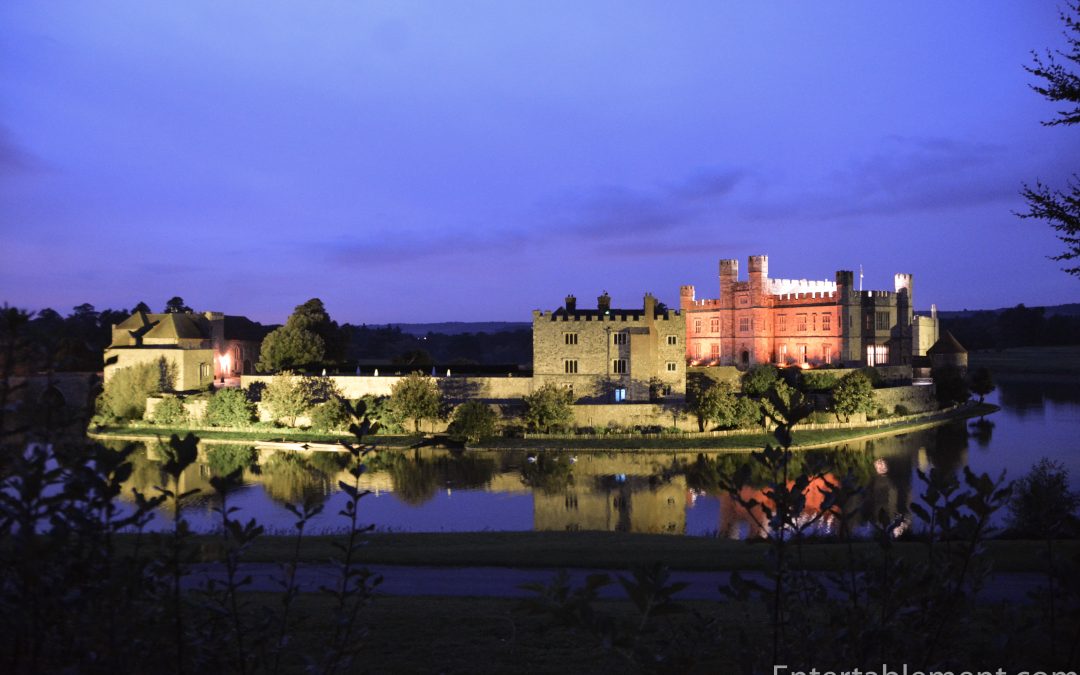
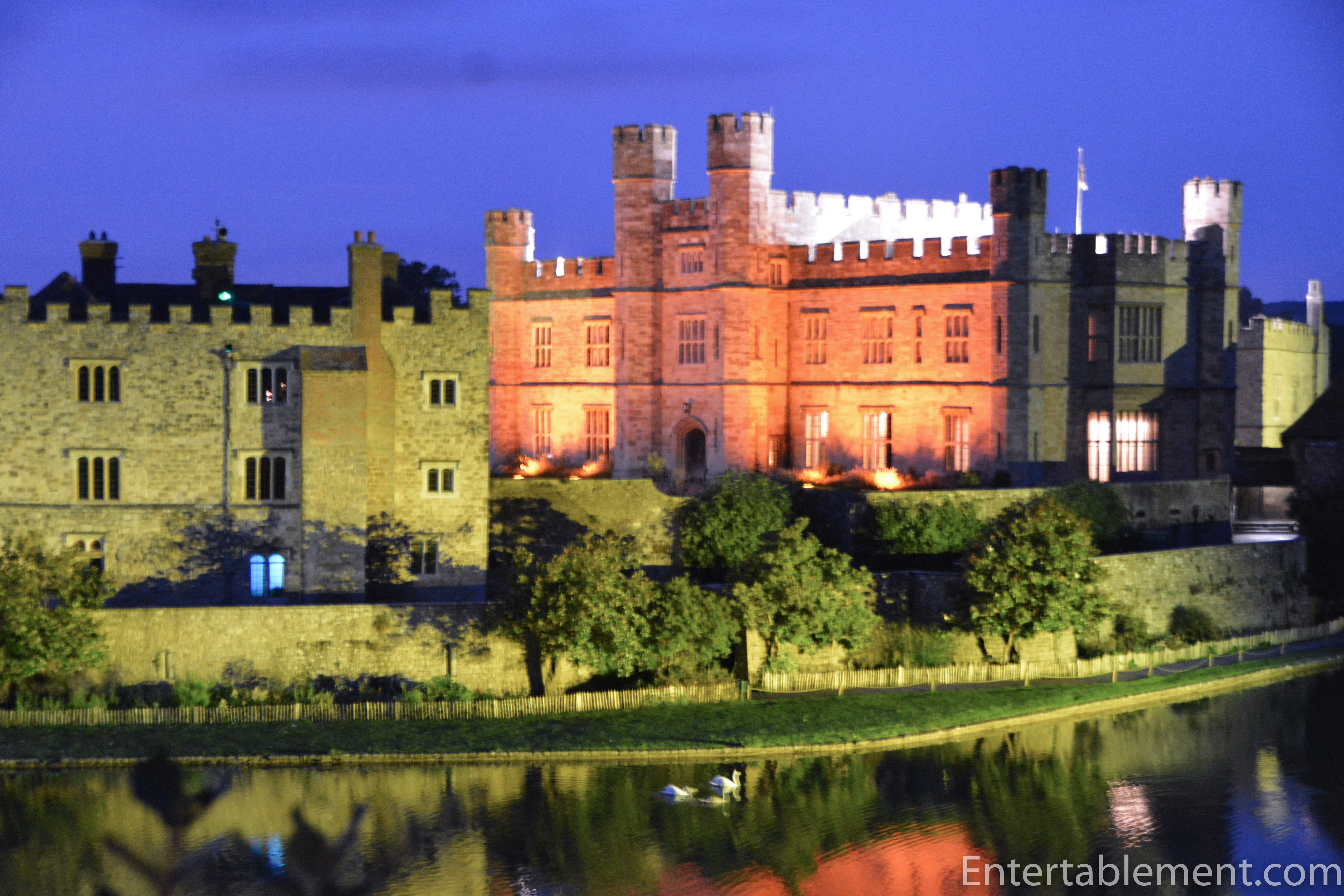










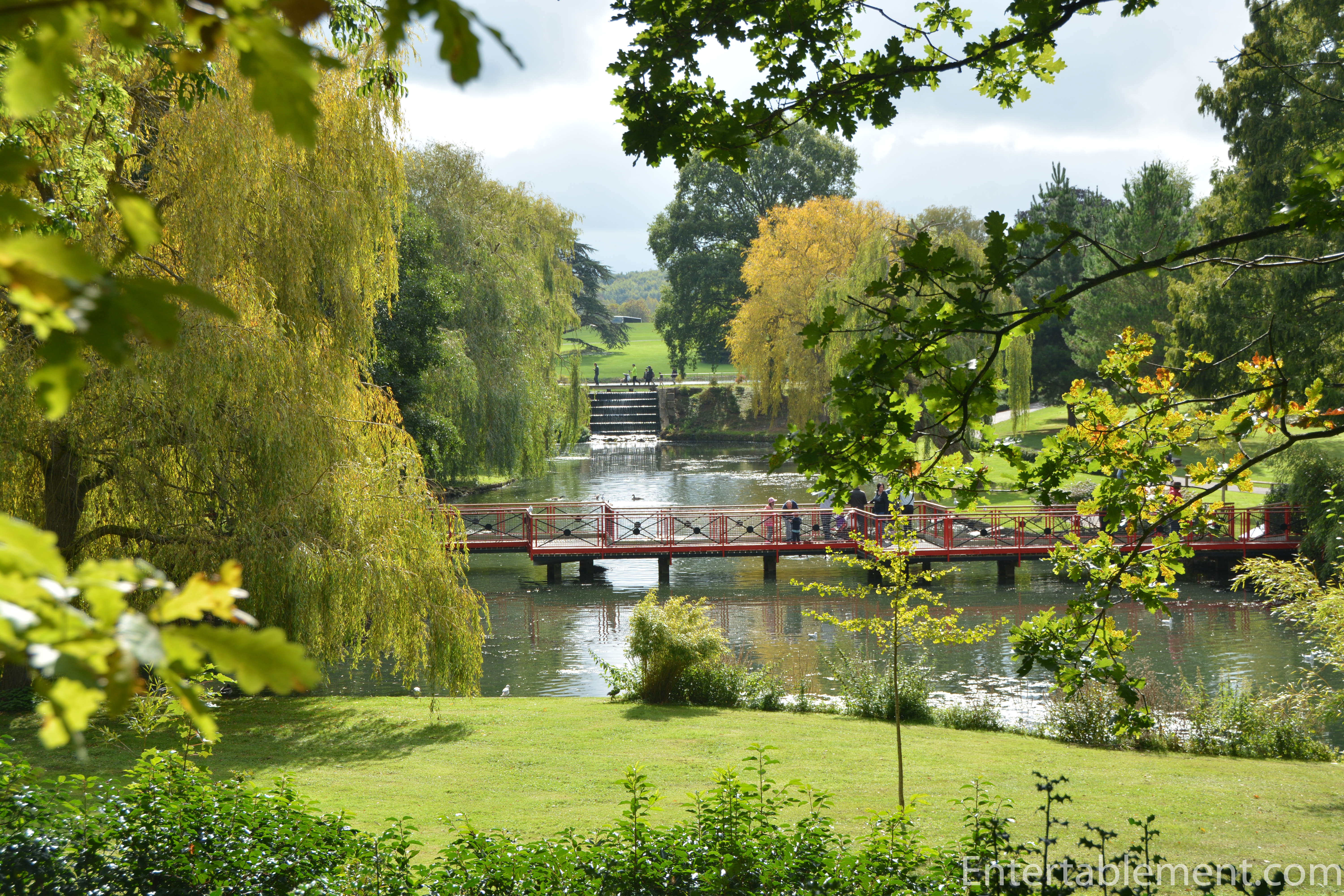
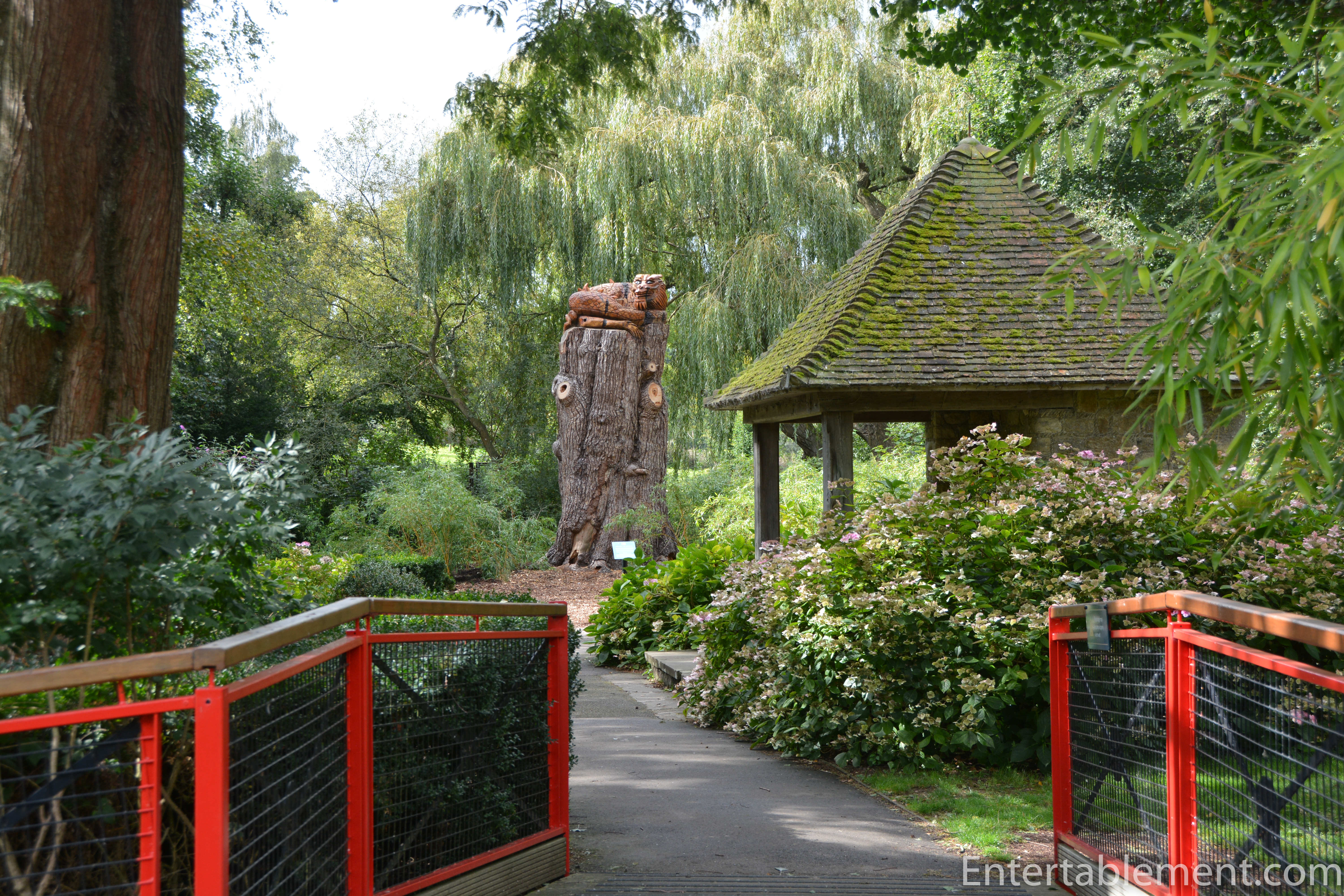


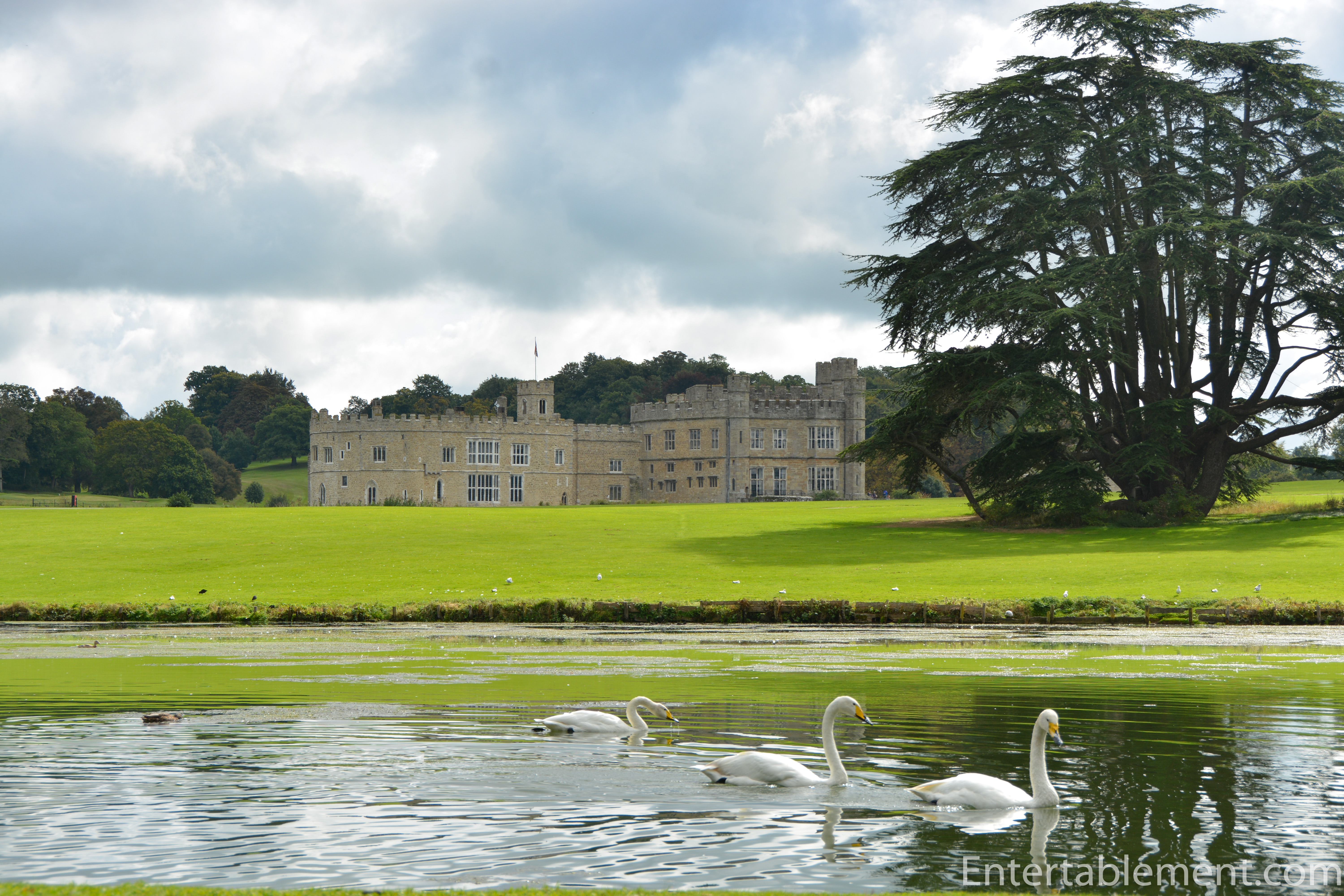

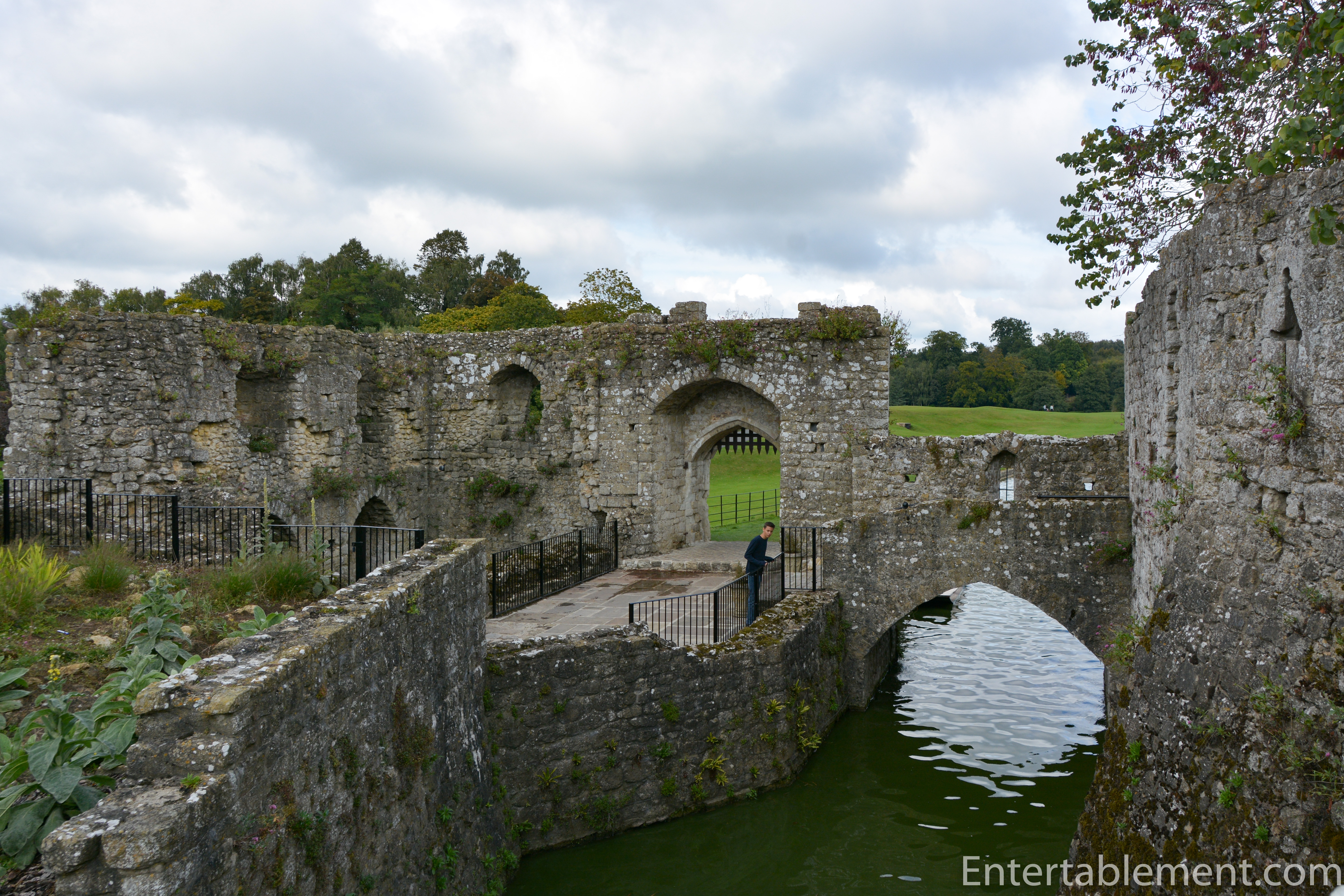
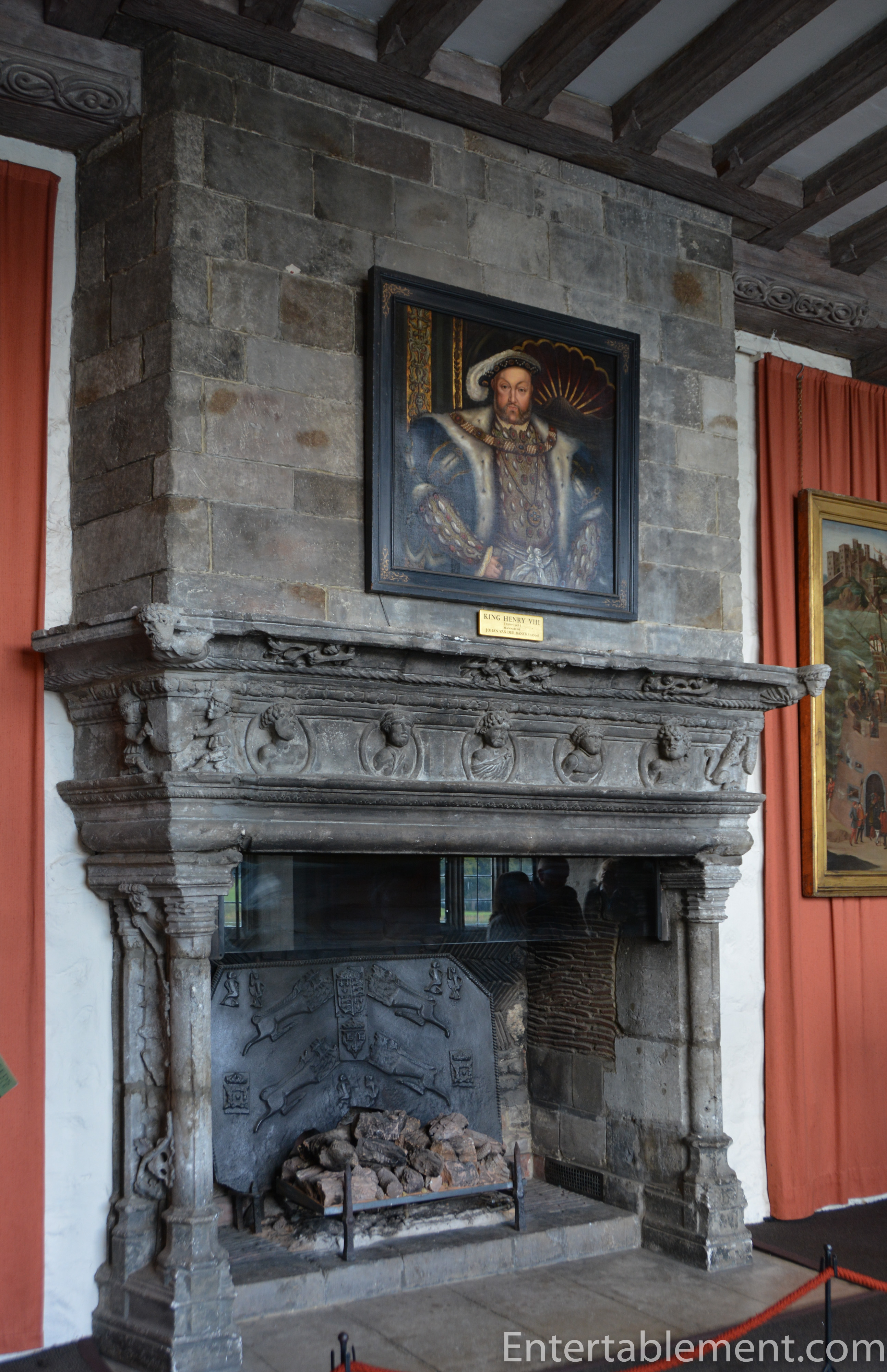
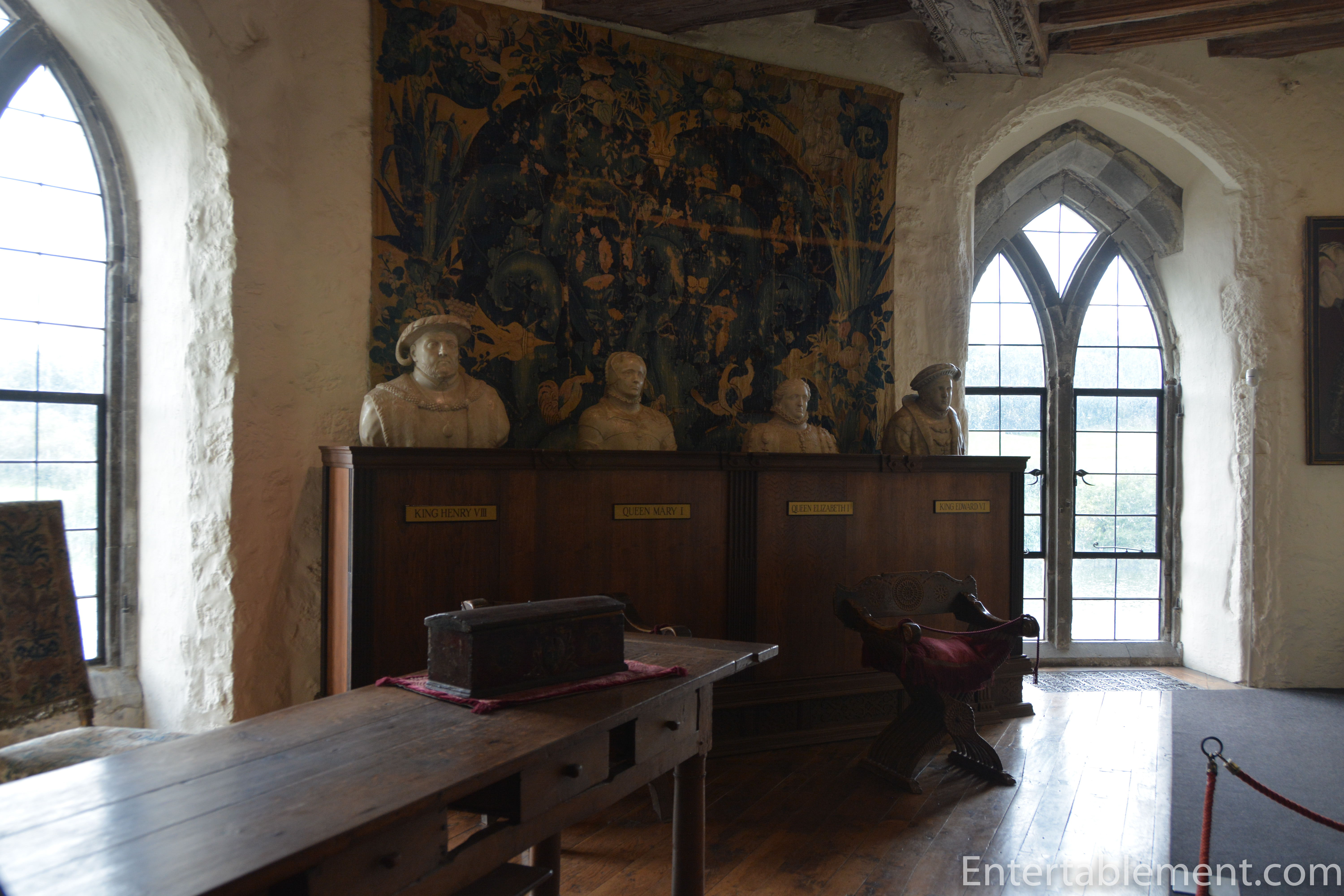



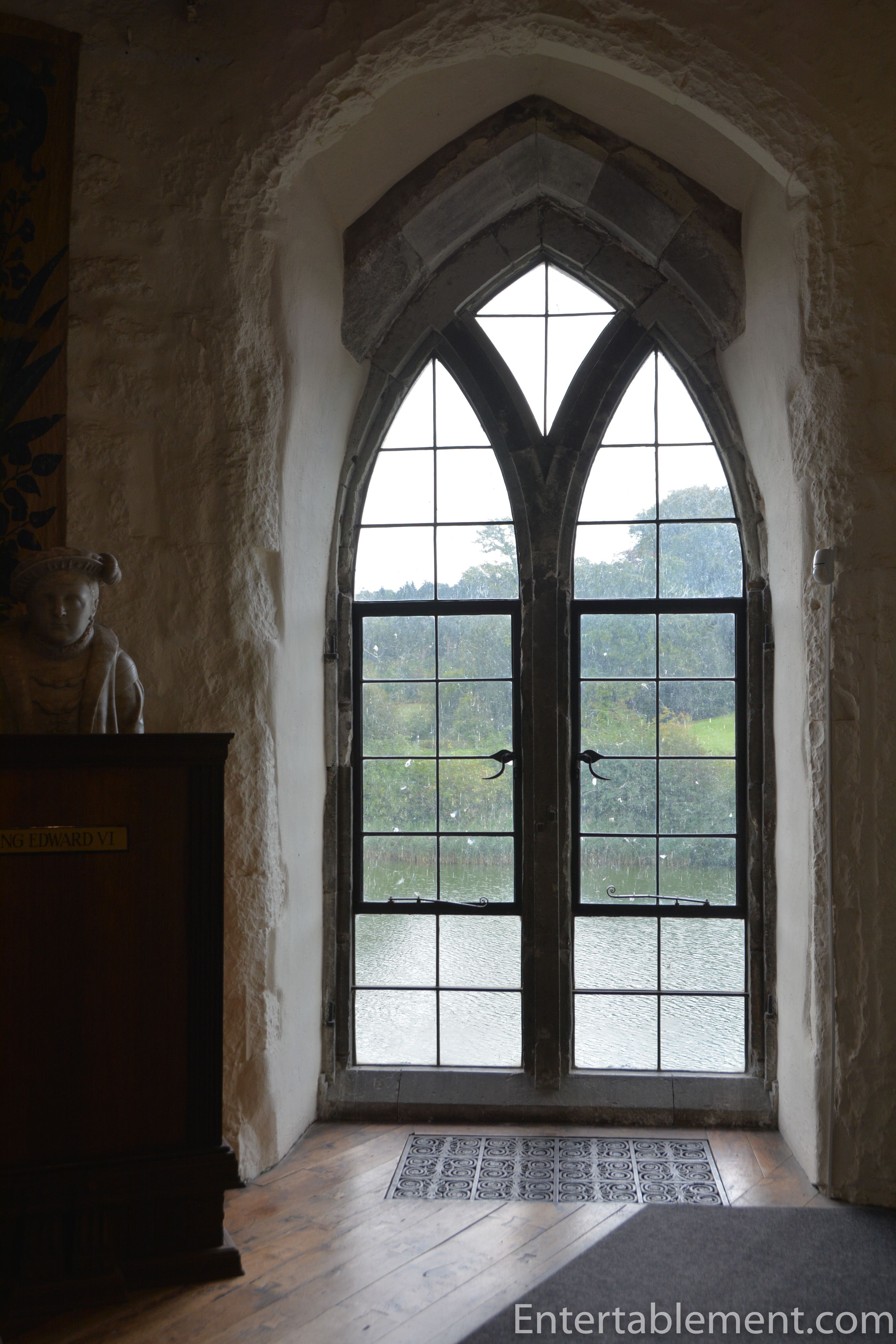





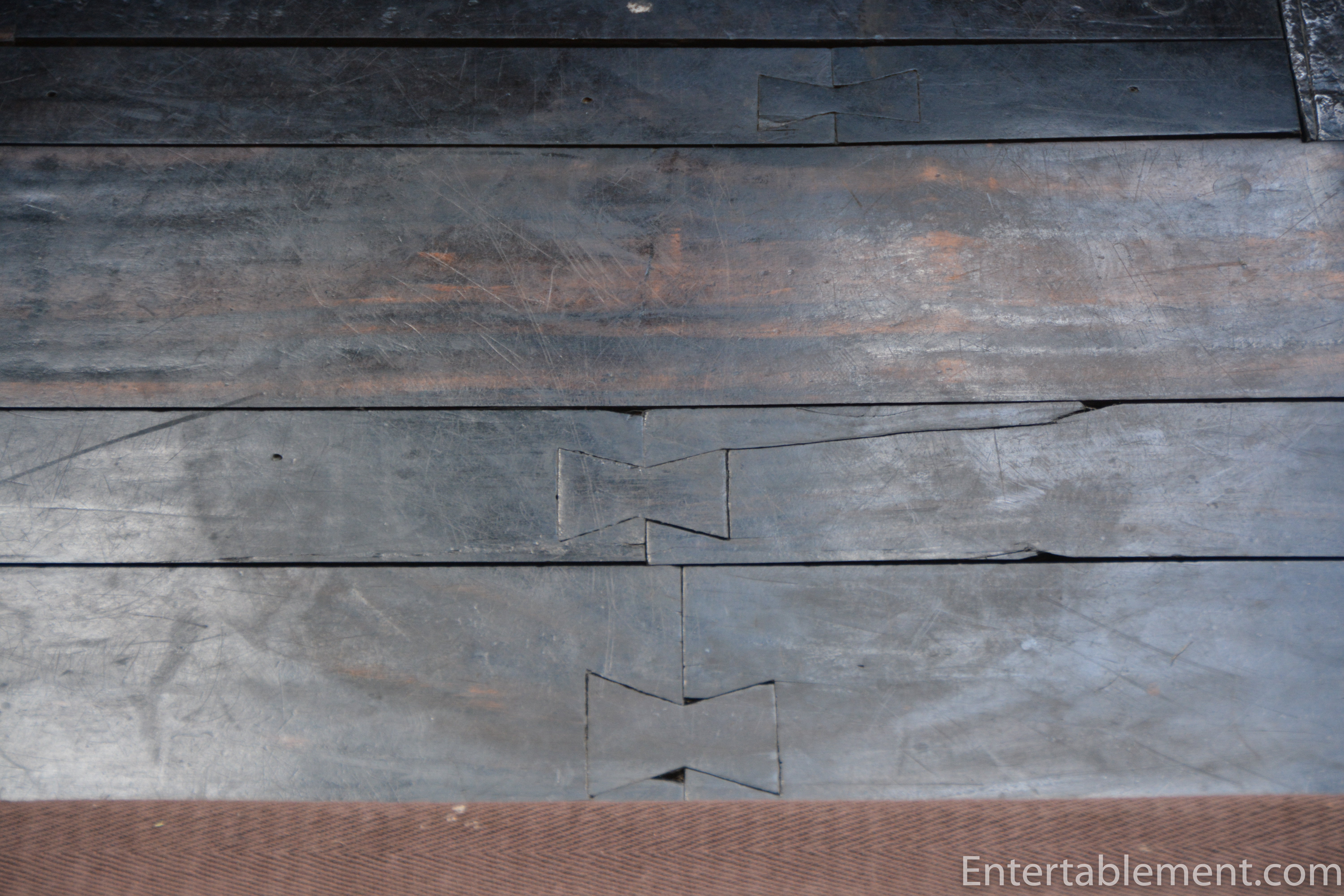
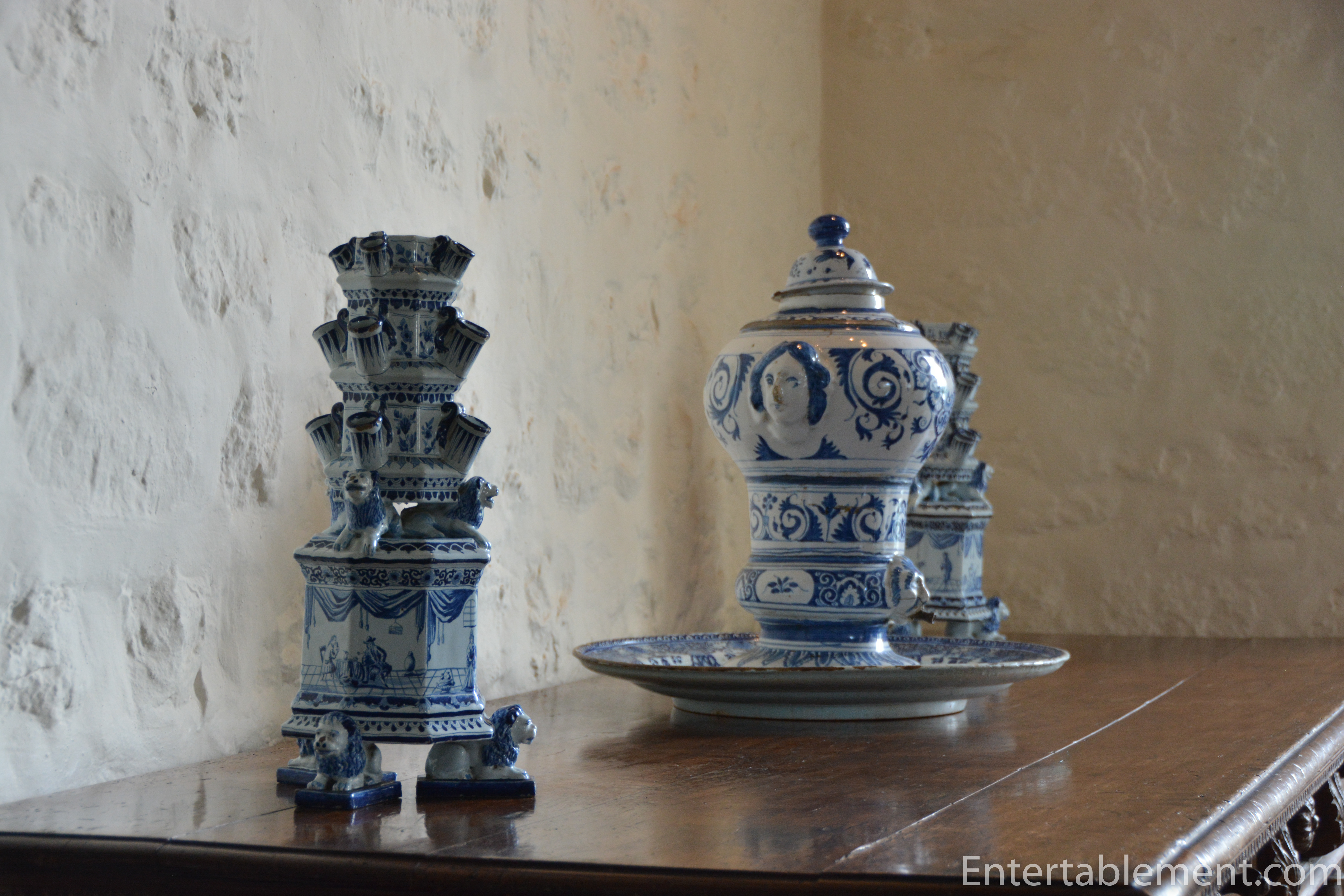

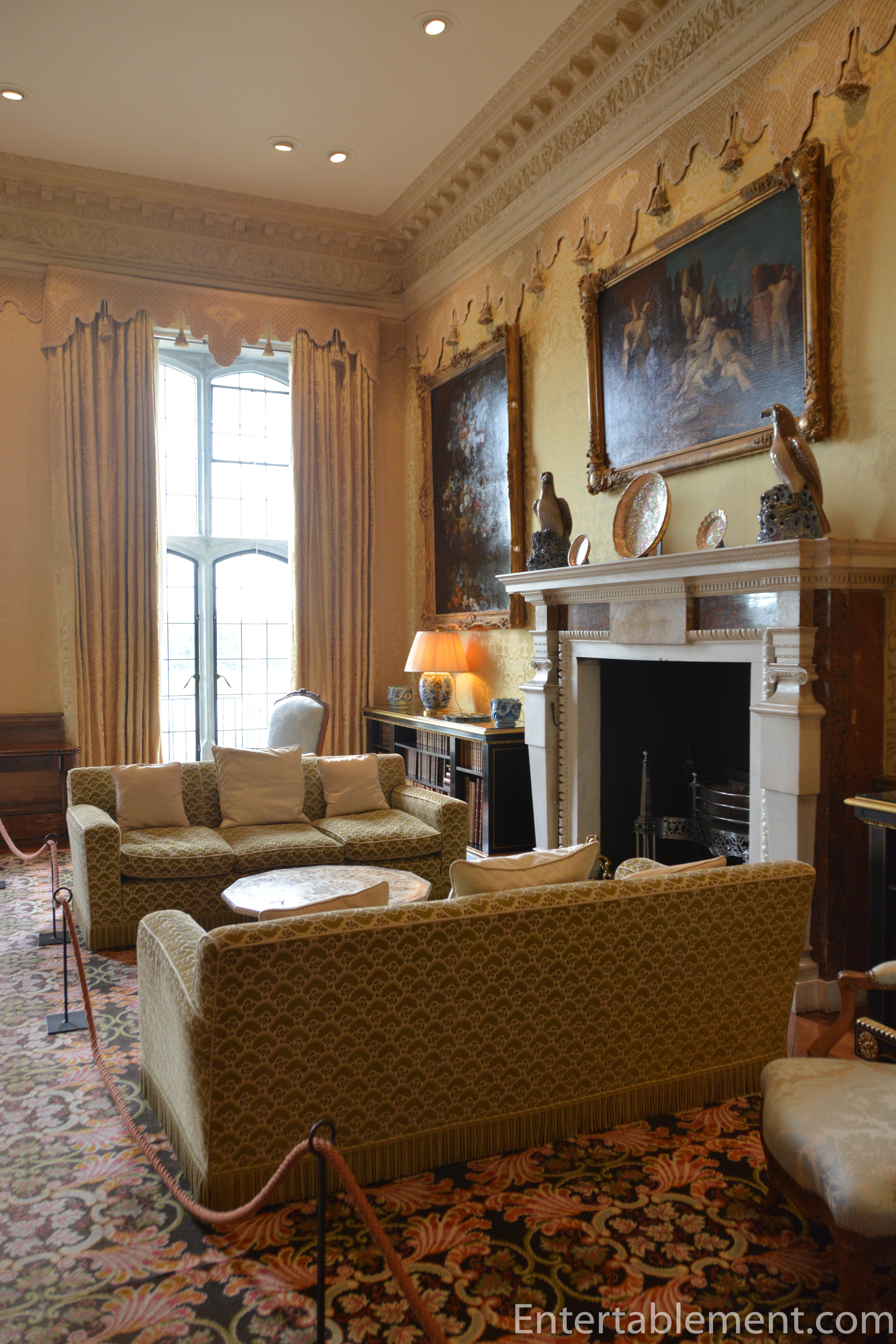


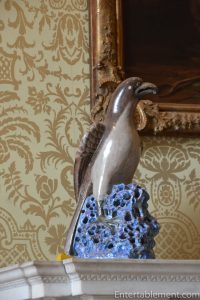




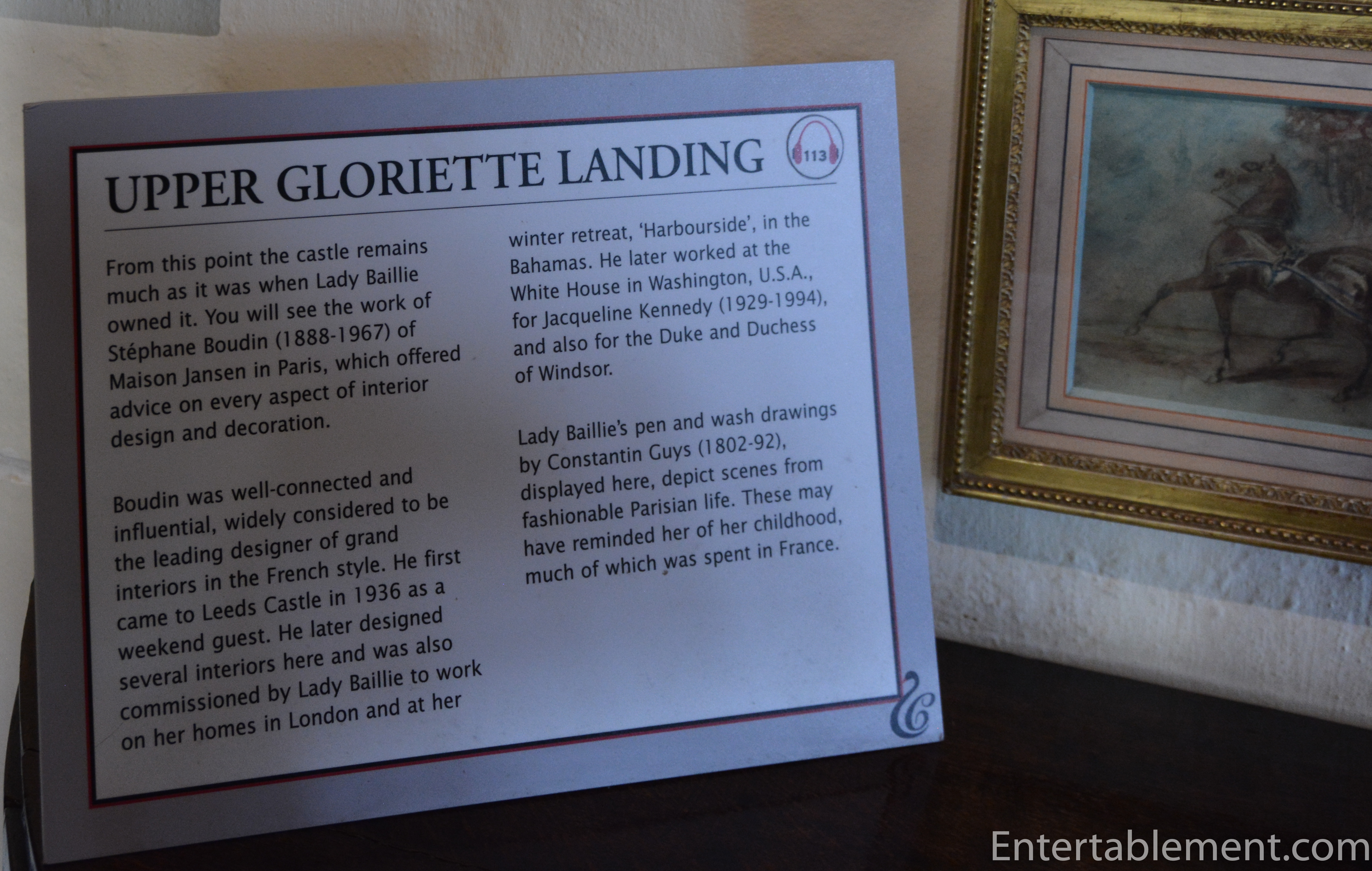







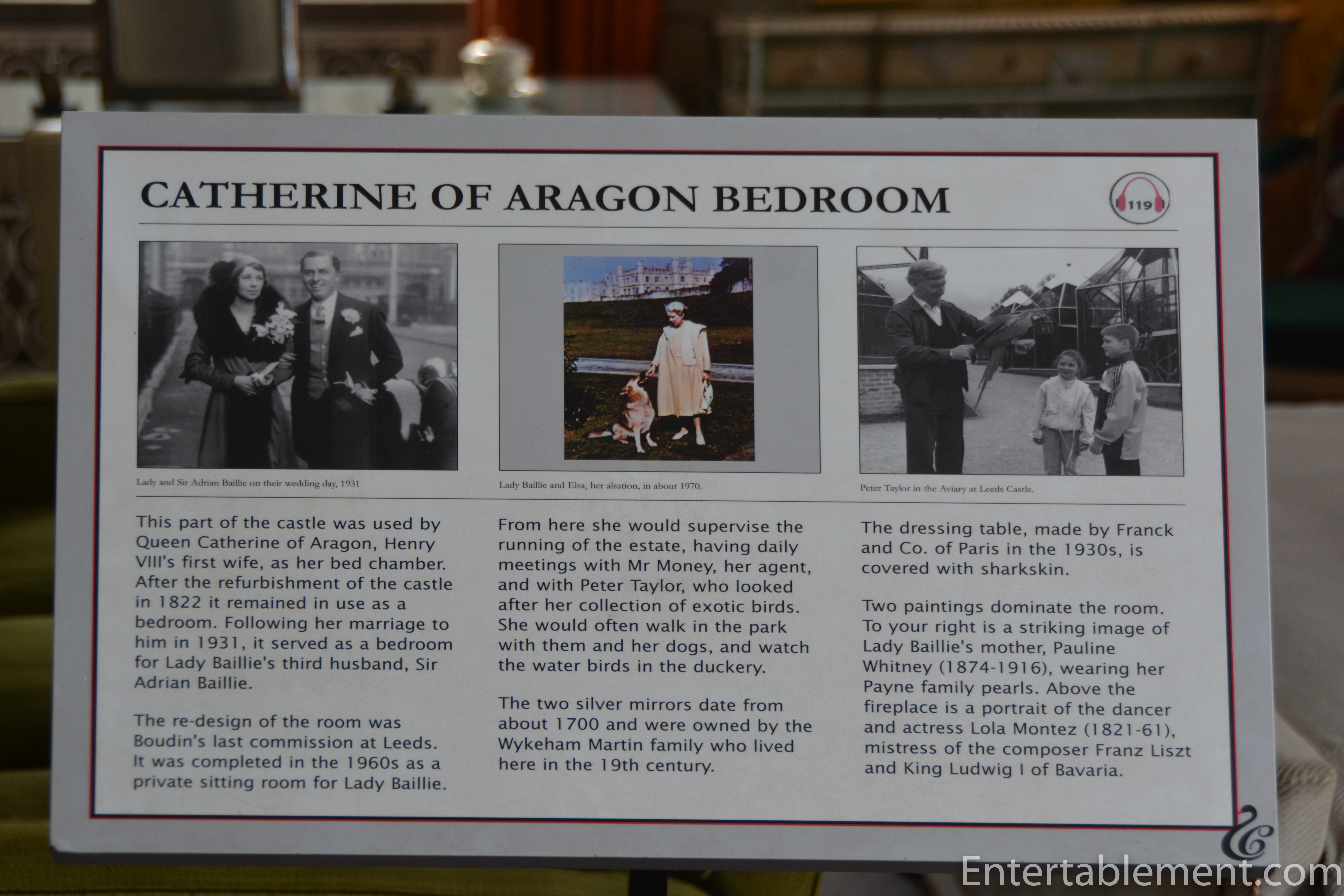
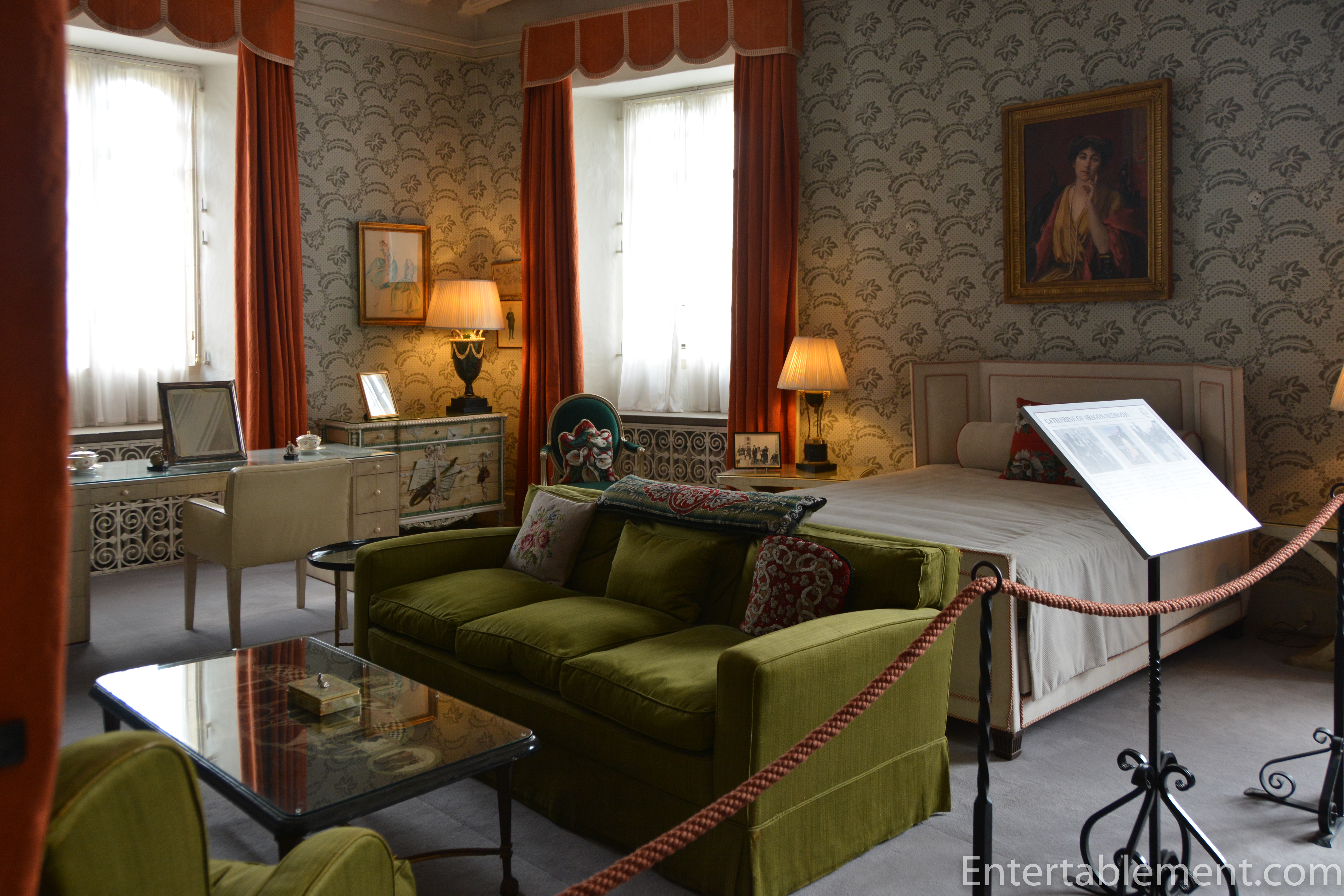
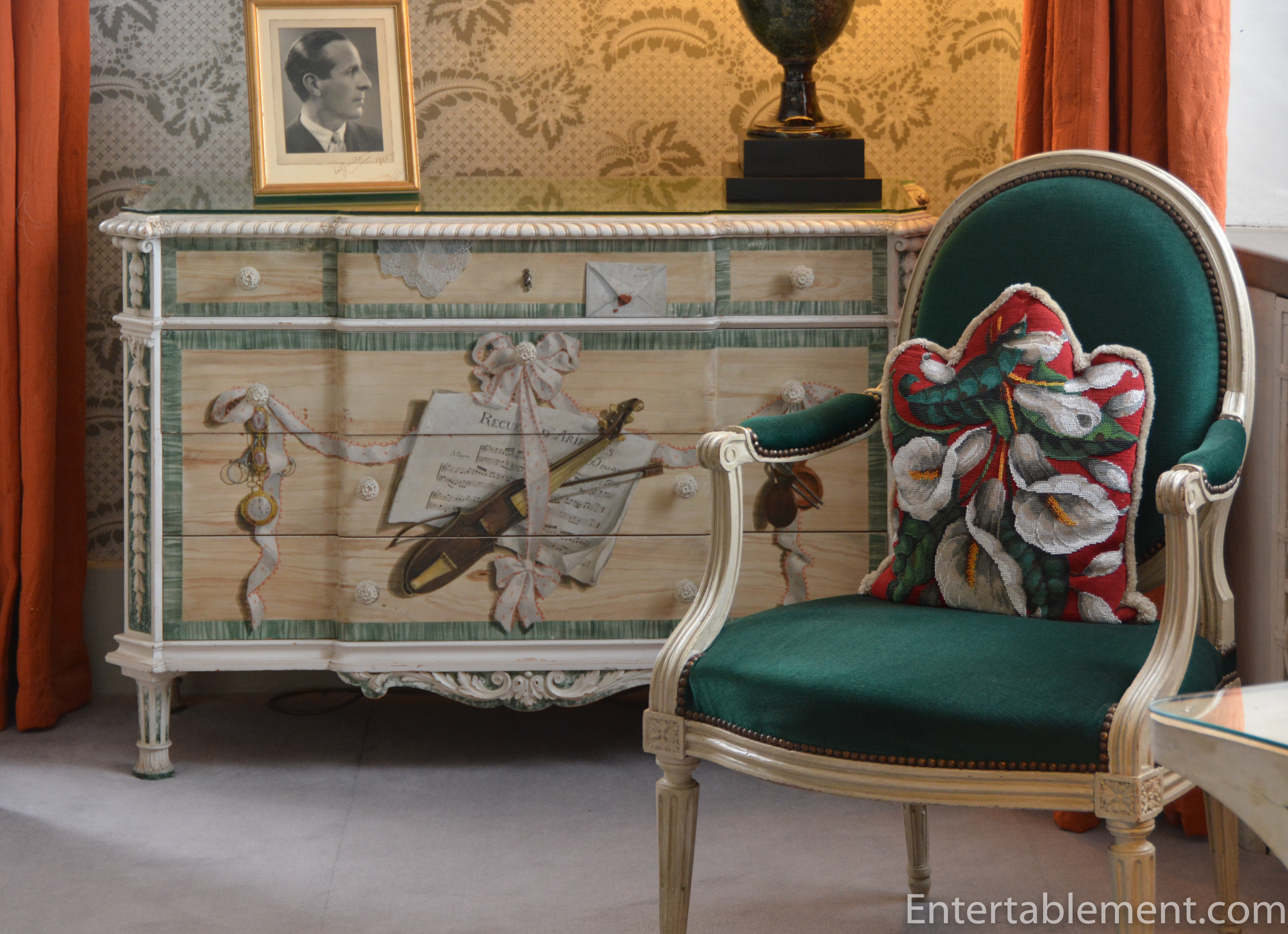
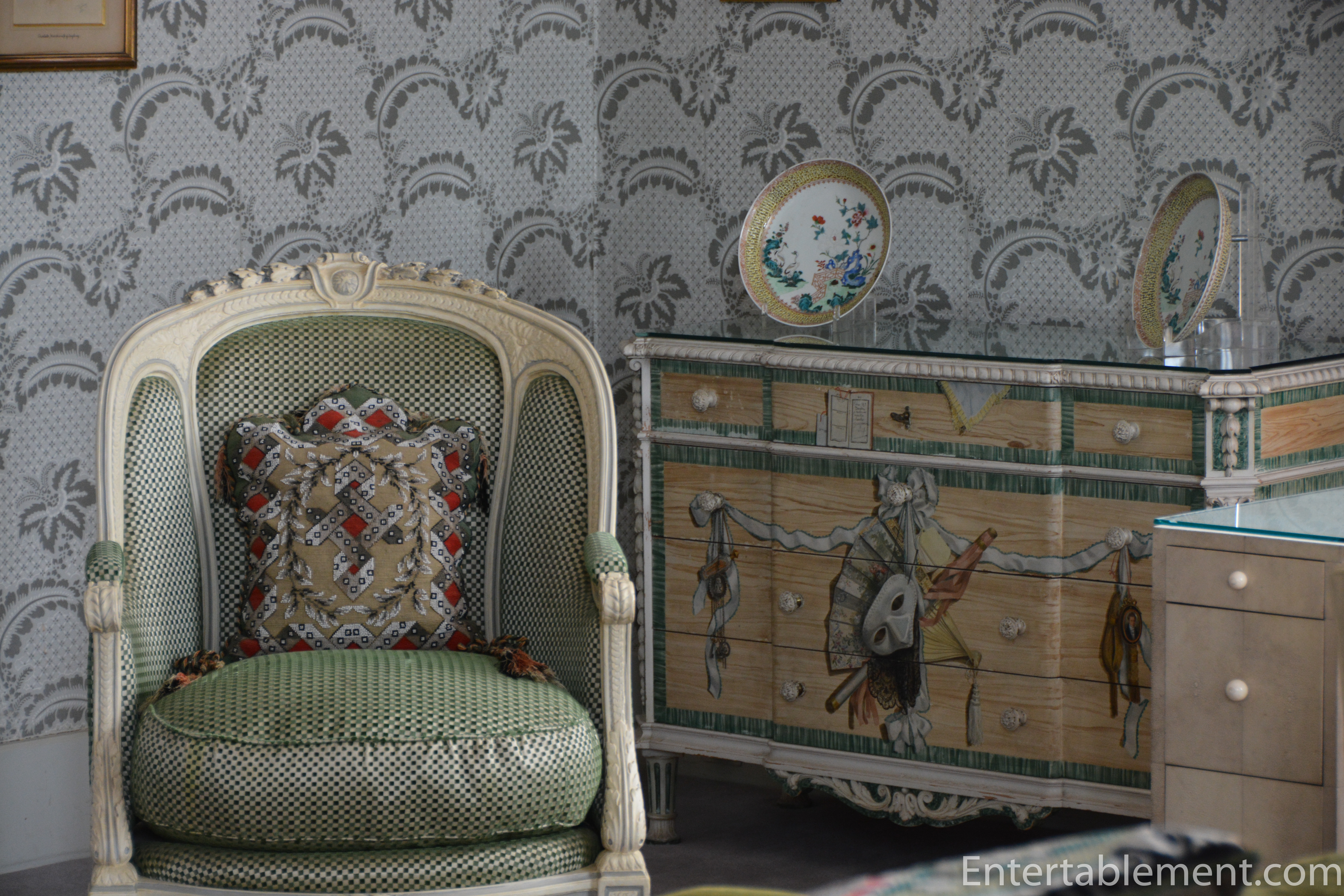
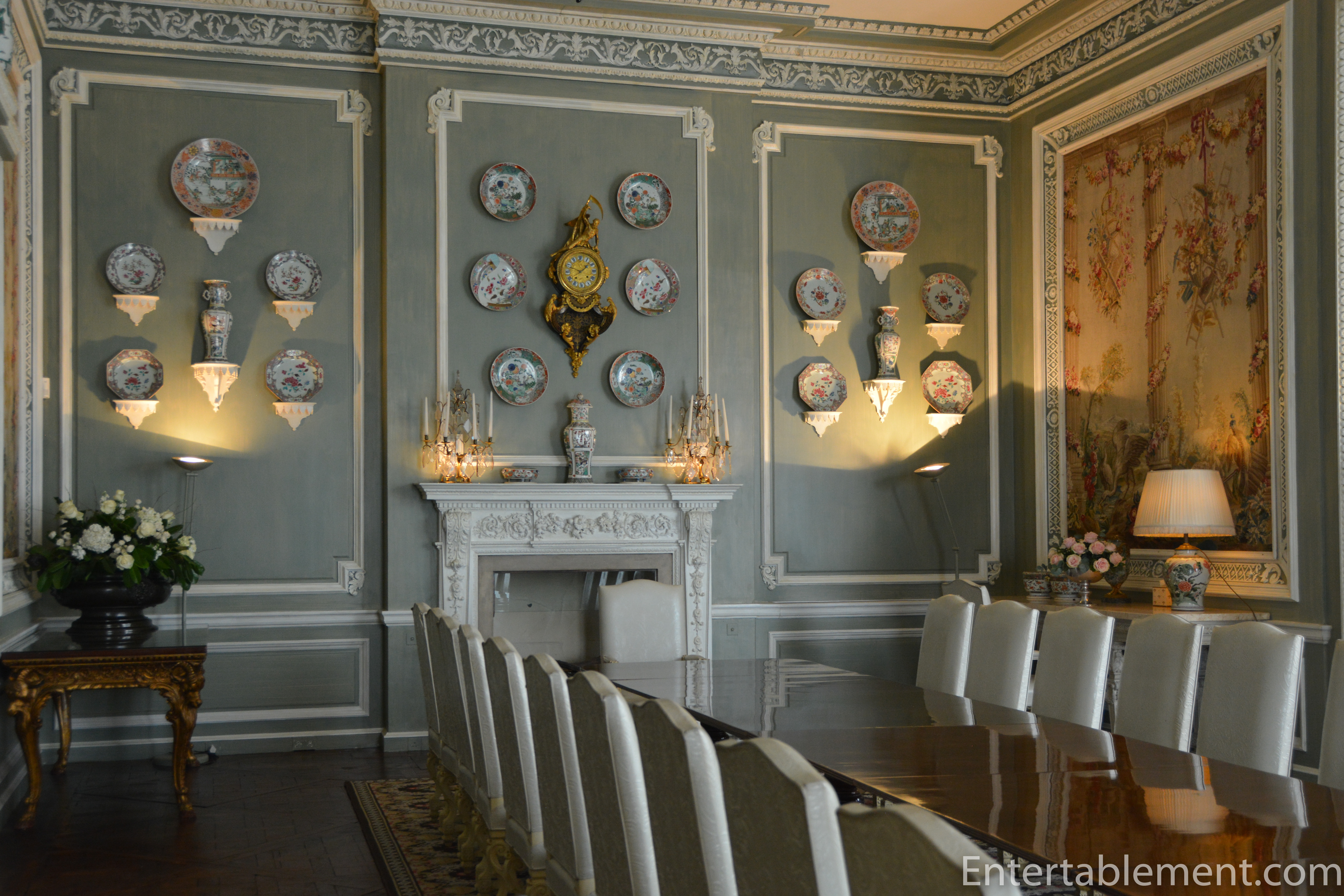





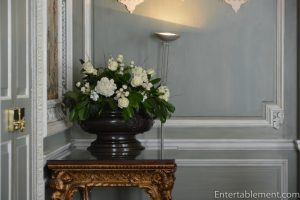

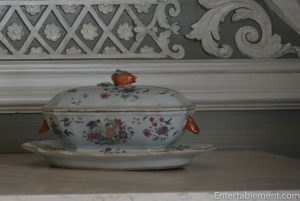
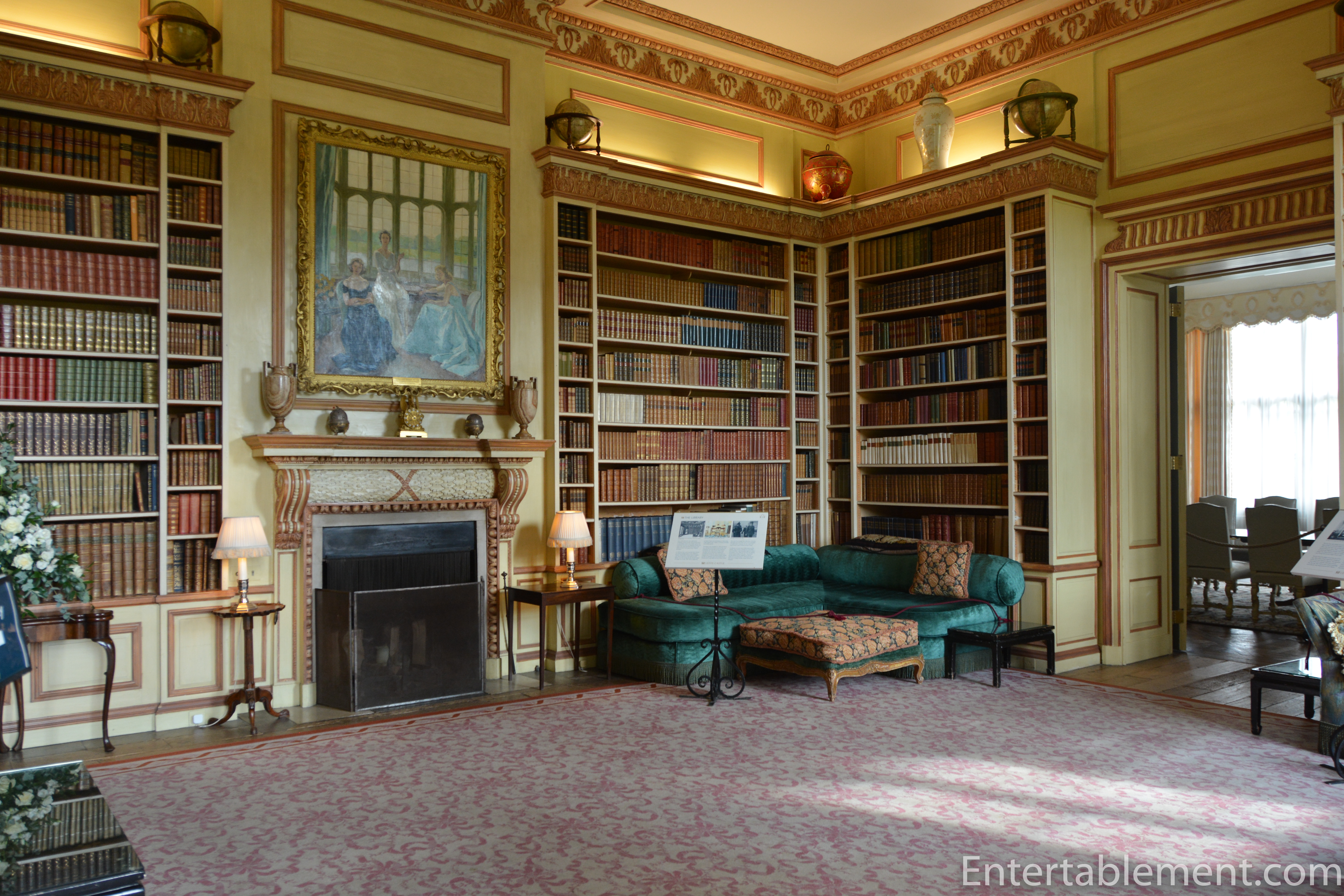
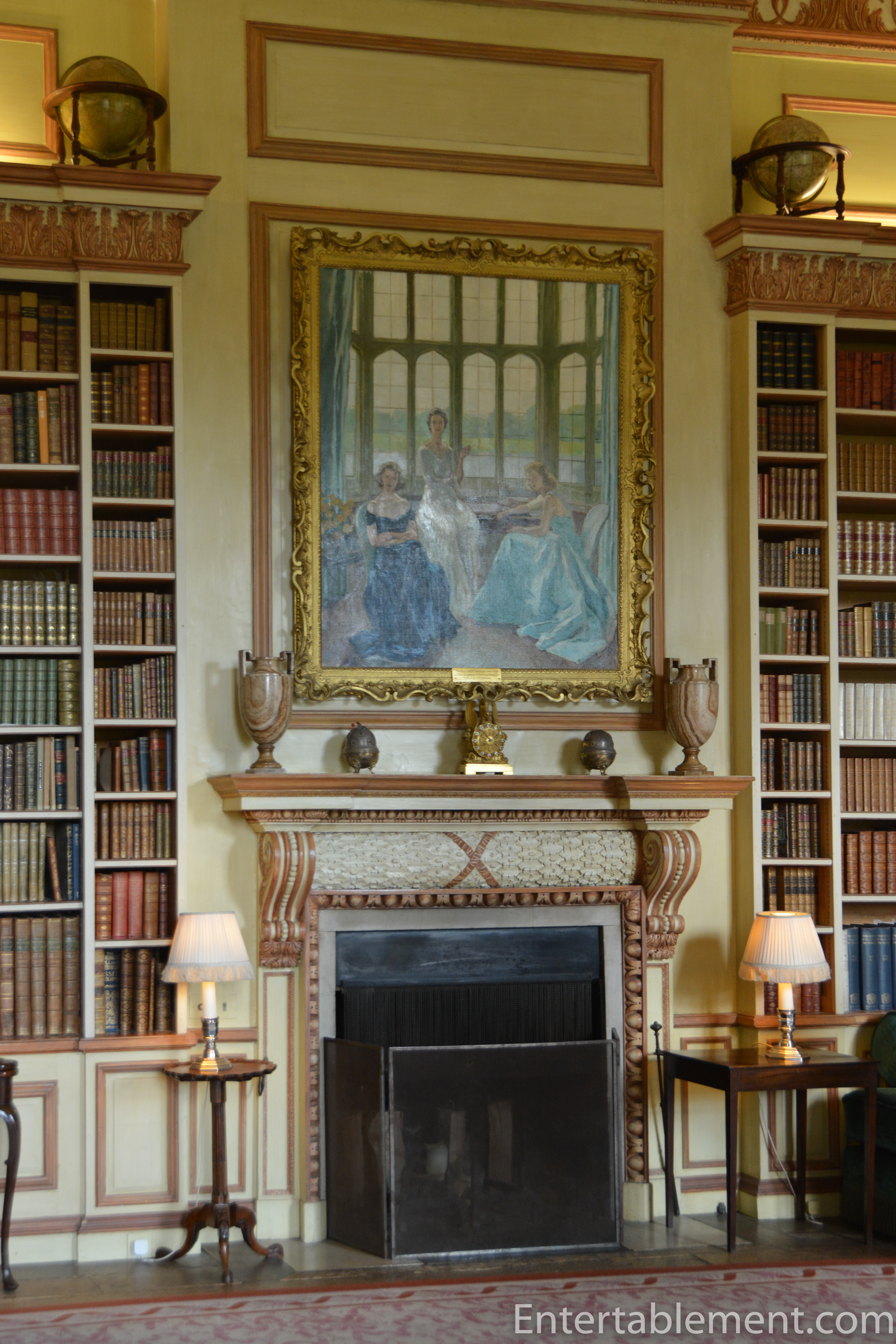
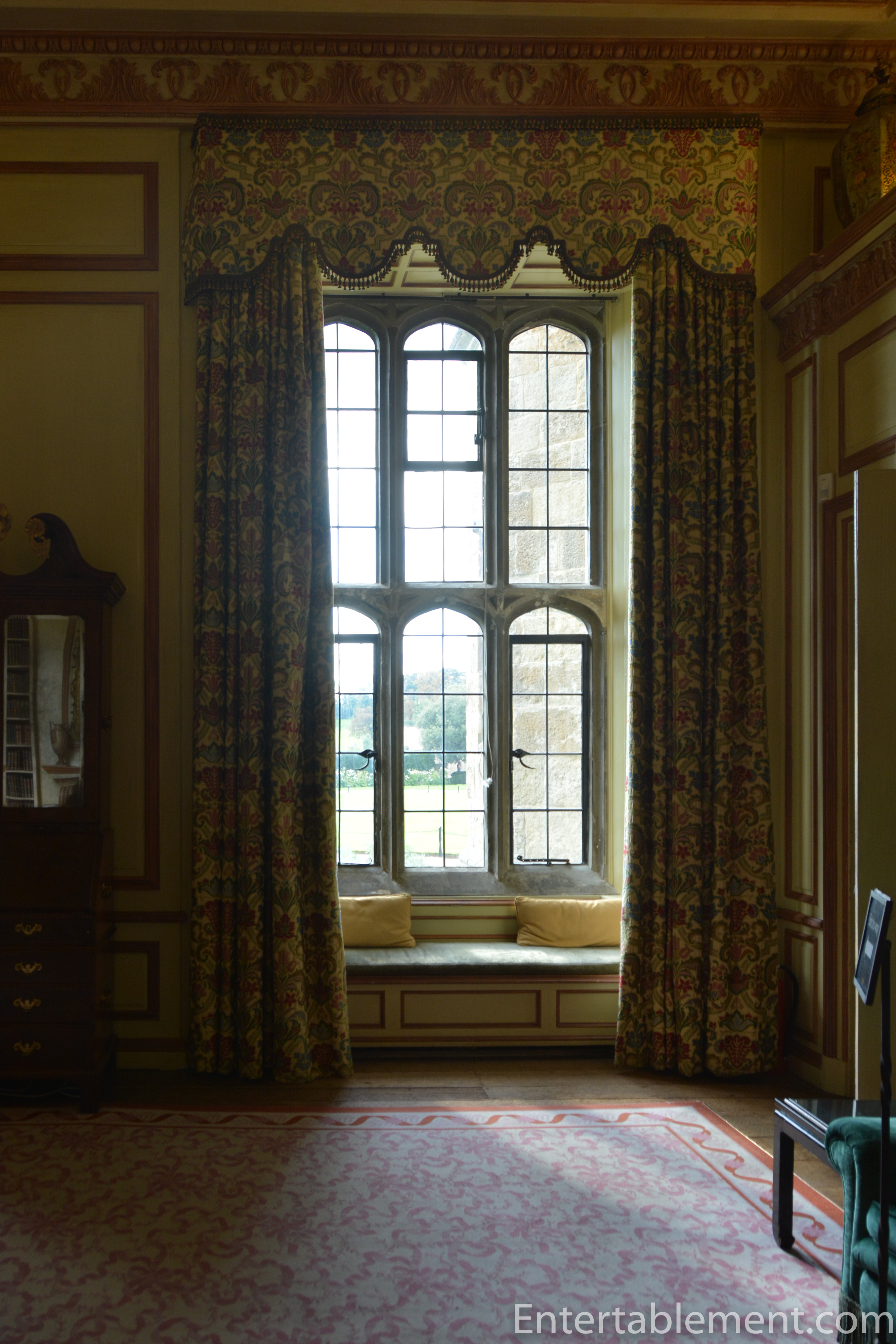
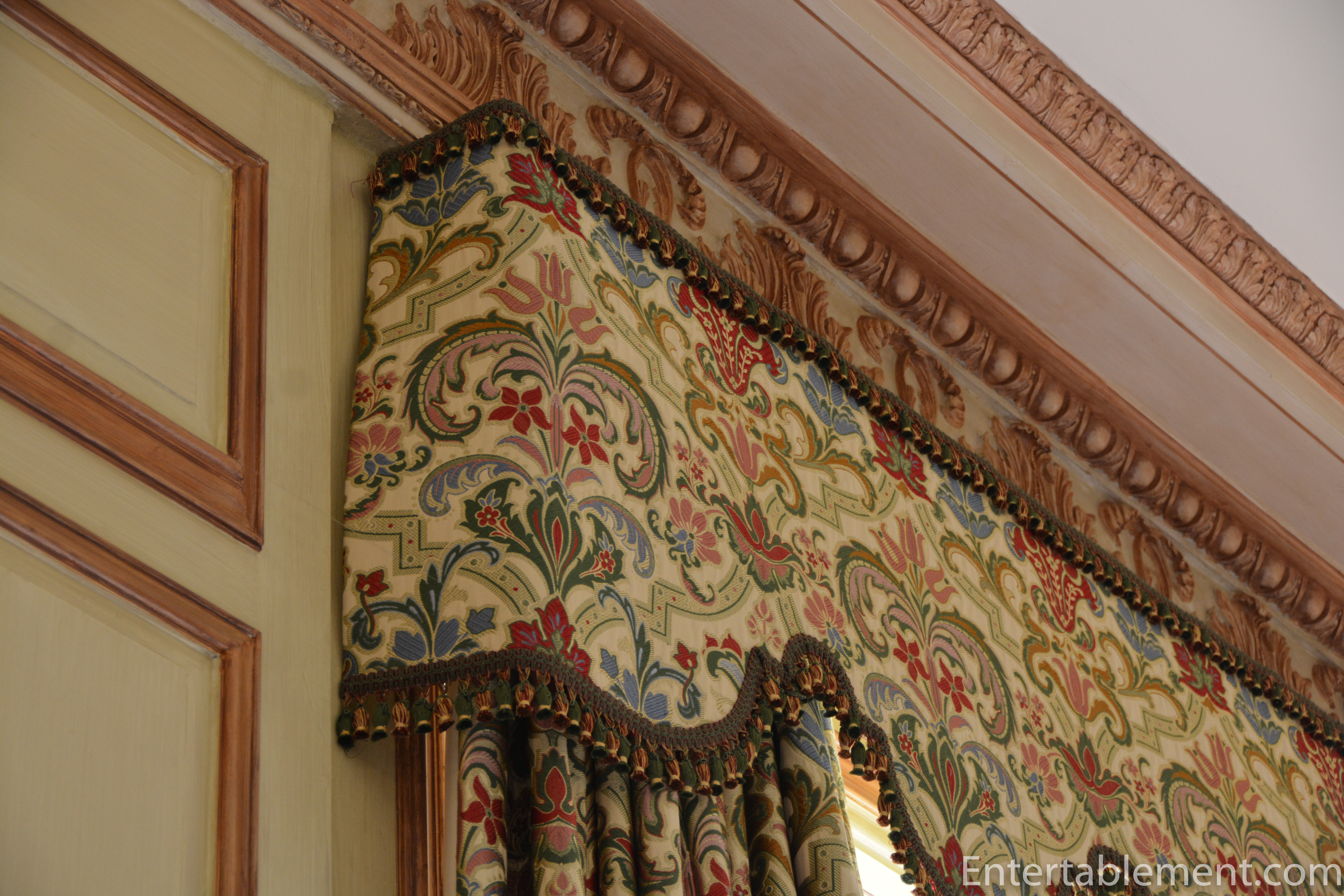
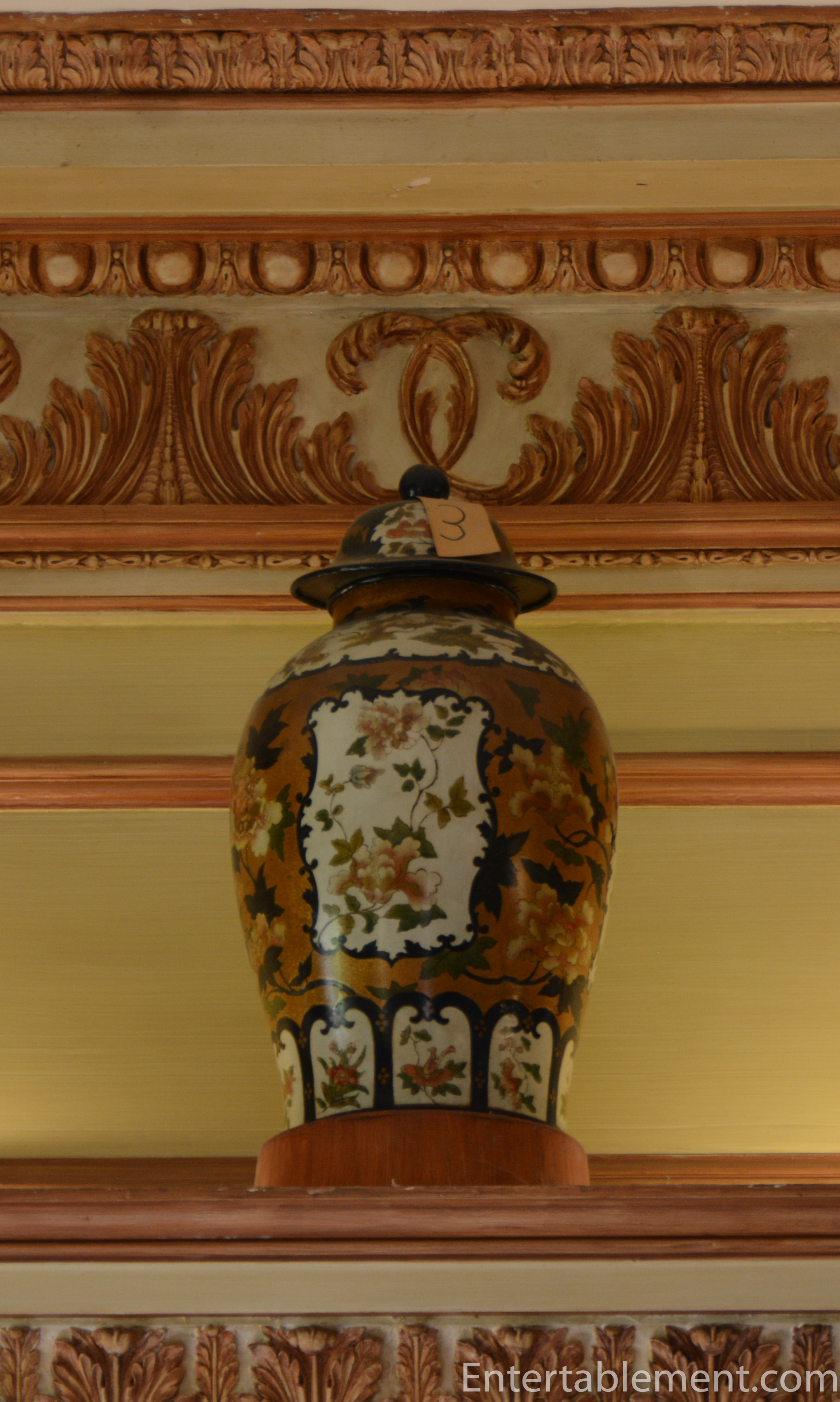
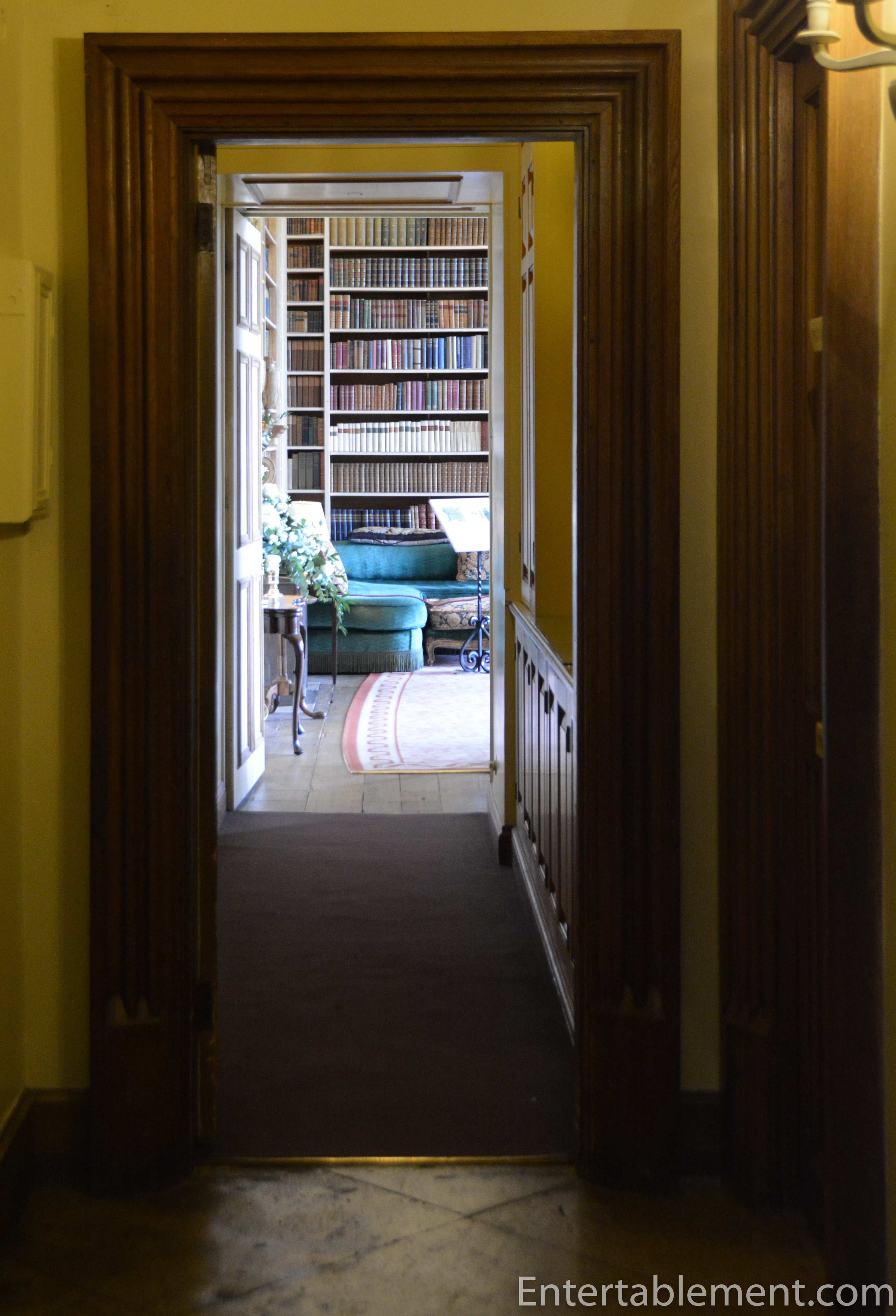








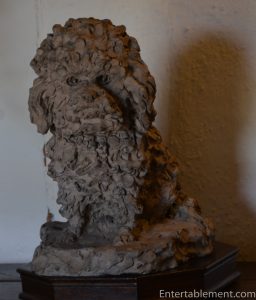

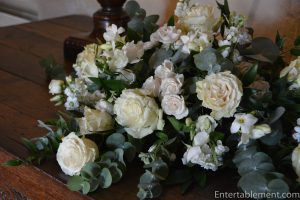
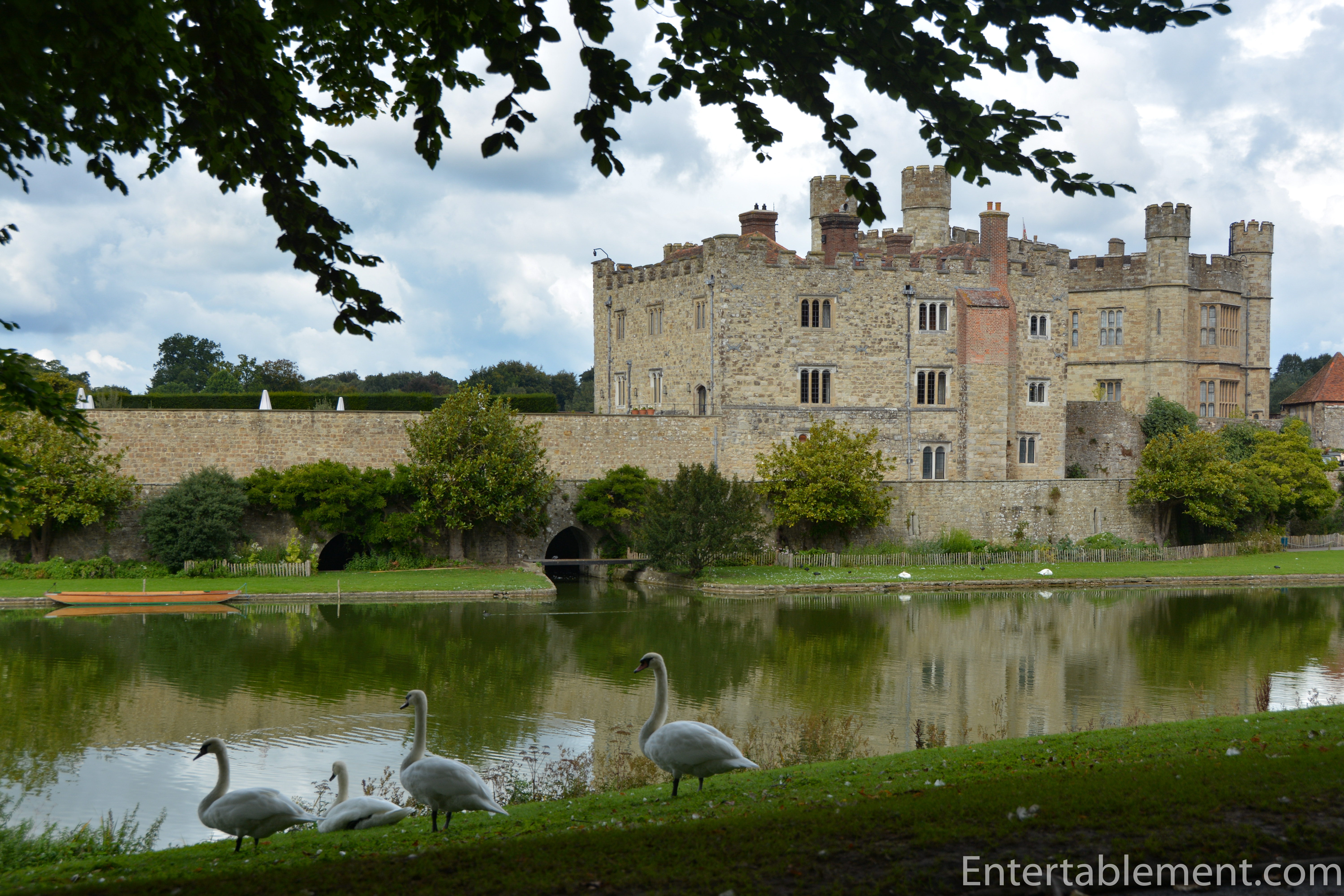

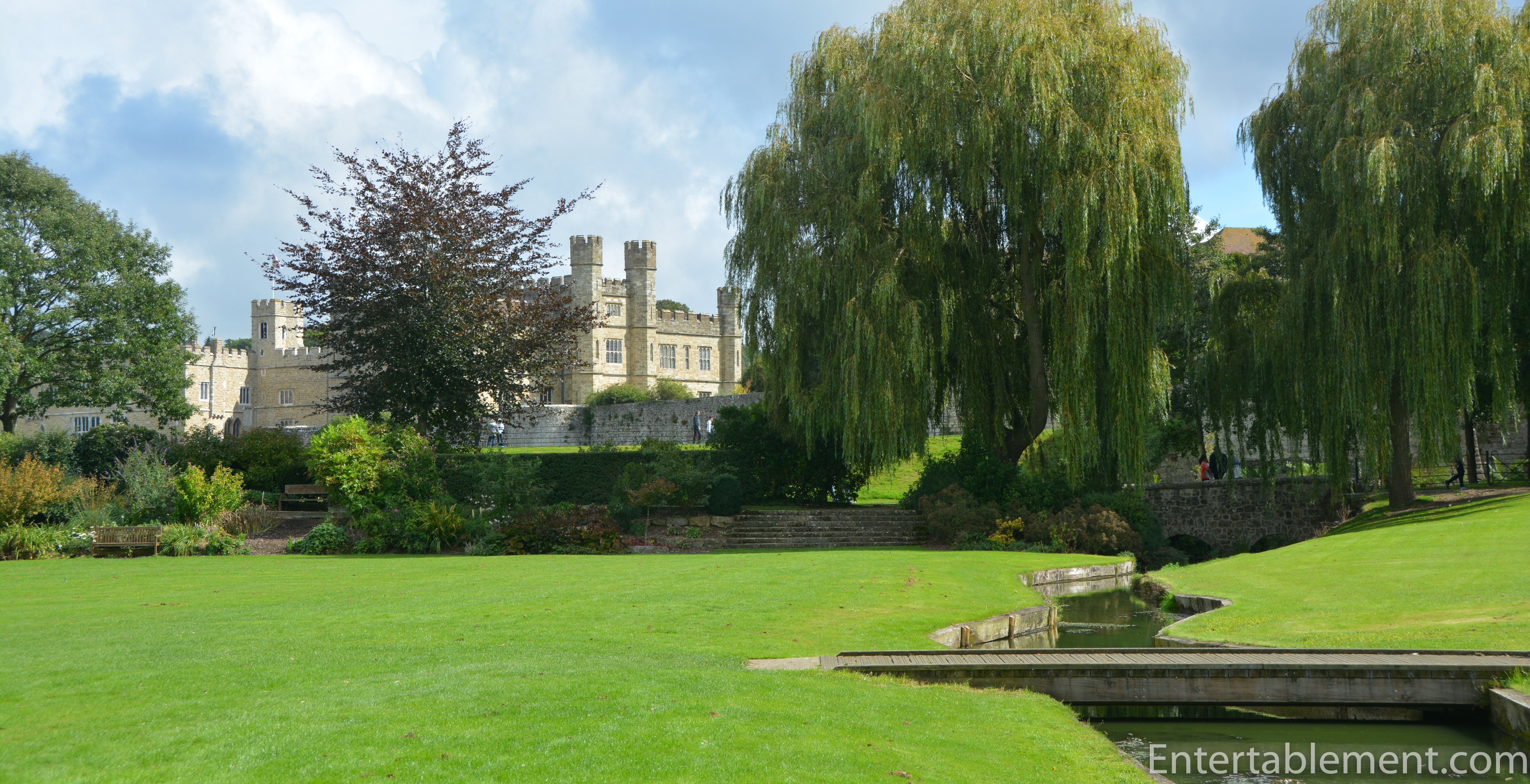




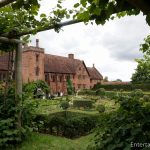


I’ve never thought of staying in a castle, but it looks like a marvelous experience! Thanks for sharing your photos.
You’re most welcome, Sandra! We’ve discovered that many of the castles/country houses in England have self-catering options on the premises, and they’re a wonderful option for an economical stay in a great location. Thanks for visiting!
We found Leeds by acident and were so happy we did. Looking at it’s ancient Roman history and design was really exciting. It was one of our favorite places that we visited.
We loved it, too. Not only the castle, but the grounds are spectacular, and of course, those black swans… There is a lot to see in the surrounding area, so it made a perfect base.